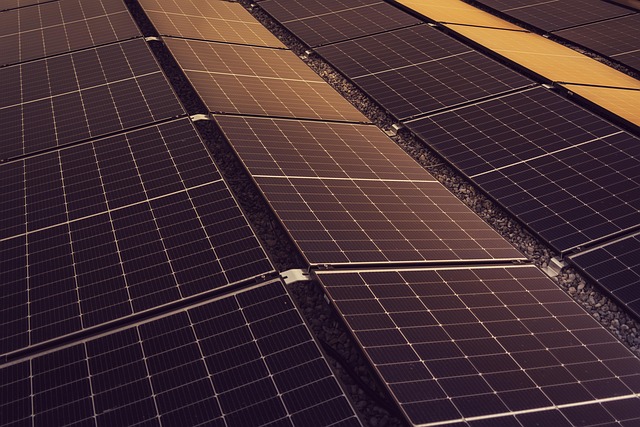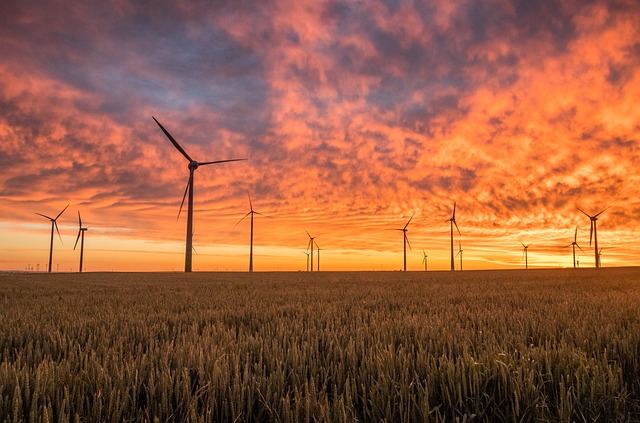As we navigate through the challenges of climate change, the demand for sustainable solutions is more pressing than ever. Among these solutions, energy-saving lighting stands out as a vital player in our quest for a carbon-neutral future. This innovative technology not only helps us cut costs but also significantly lessens our ecological footprint. Here are 10 ways energy-saving lighting contributes to sustainable development and a greener planet.
1. Reduced Energy Consumption
Traditional lighting options consume a massive amount of electricity, leading to higher carbon emissions. Energy-saving lighting, such as LED bulbs, uses a fraction of the energy compared to incandescent or fluorescent lights, showcasing how effective technology can directly alter our energy consumption patterns.
2. Longer Lifespan
When we opt for energy-saving lighting, we are not just choosing a product with lower energy needs; we’re also selecting a solution that lasts significantly longer. With bulbs lasting up to 25 times longer, this longevity reduces waste and encourages sustainable manufacturing practices.
3. Lower Carbon Footprint
Every bit of energy saved contributes to lowering our carbon footprint. By switching to energy-saving lighting, households and businesses alike can dramatically reduce greenhouse gas emissions, making a significant impact when scaled across communities.
4. Decreased Demand on Power Plants
With reduced energy consumption comes decreased demand on power plants. This reduction not only prevents the construction of new plants, often fossil fuel-based, but it also allows for a greater focus on developing renewable energy sources, enhancing our collective journey towards sustainability.
5. Economic Savings
Energy-efficient lighting directly translates to financial savings on electricity bills. These savings can be reinvested into further green technologies or community-focused sustainability initiatives, creating a amplify effect towards achieving carbon neutrality.
6. Increased Awareness of Energy Use
Switching to energy-saving lighting often sparks a greater awareness of overall energy use. It encourages individuals and businesses to adopt other energy-efficient practices, fostering a culture of conservation and responsibility toward the environment.
7. Enhanced Aesthetics Without Compromise
Modern energy-saving lighting options provide not just savings, but also aesthetic advantages. With various designs and lighting options available, spaces can be both beautiful and energy-efficient, appealing to our desire for stylish yet sustainable environments.
8. Supports Technological Innovation
The push for sustainable lighting has spurred innovation within the lighting industry. With advancements in smart lighting technology and integrations with renewable energy sources, we are seeing a shift towards increasingly efficient and eco-friendly solutions.
9. Contribution to Well-being
Good lighting doesn’t merely serve functional purposes; it plays an essential role in our well-being. The right energy-saving lighting can enhance mood, increase productivity, and create a more inviting environment, reinforcing the connection between sustainable choices and quality of life.
10. Compliance with Regulations
As governments push for stricter energy regulations aimed at reducing carbon emissions, adopting energy-saving lighting can help households and businesses comply with these new standards, ensuring adherence to future sustainability goals.
By embracing energy-saving lighting, we forge a path toward a more eco-conscious lifestyle. Each small change contributes significantly to the wider movement for sustainable development and a carbon-neutral future for generations to come.




